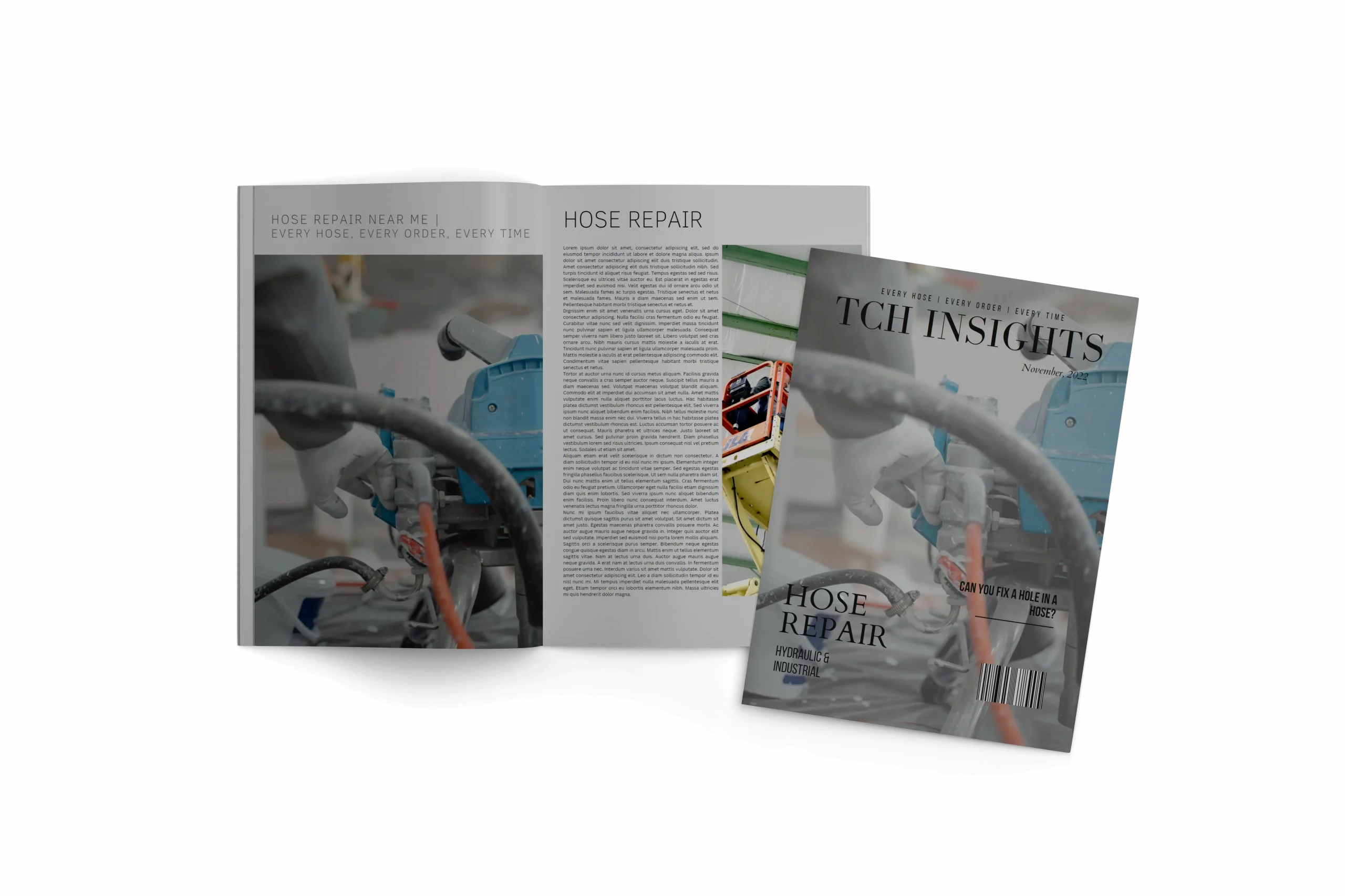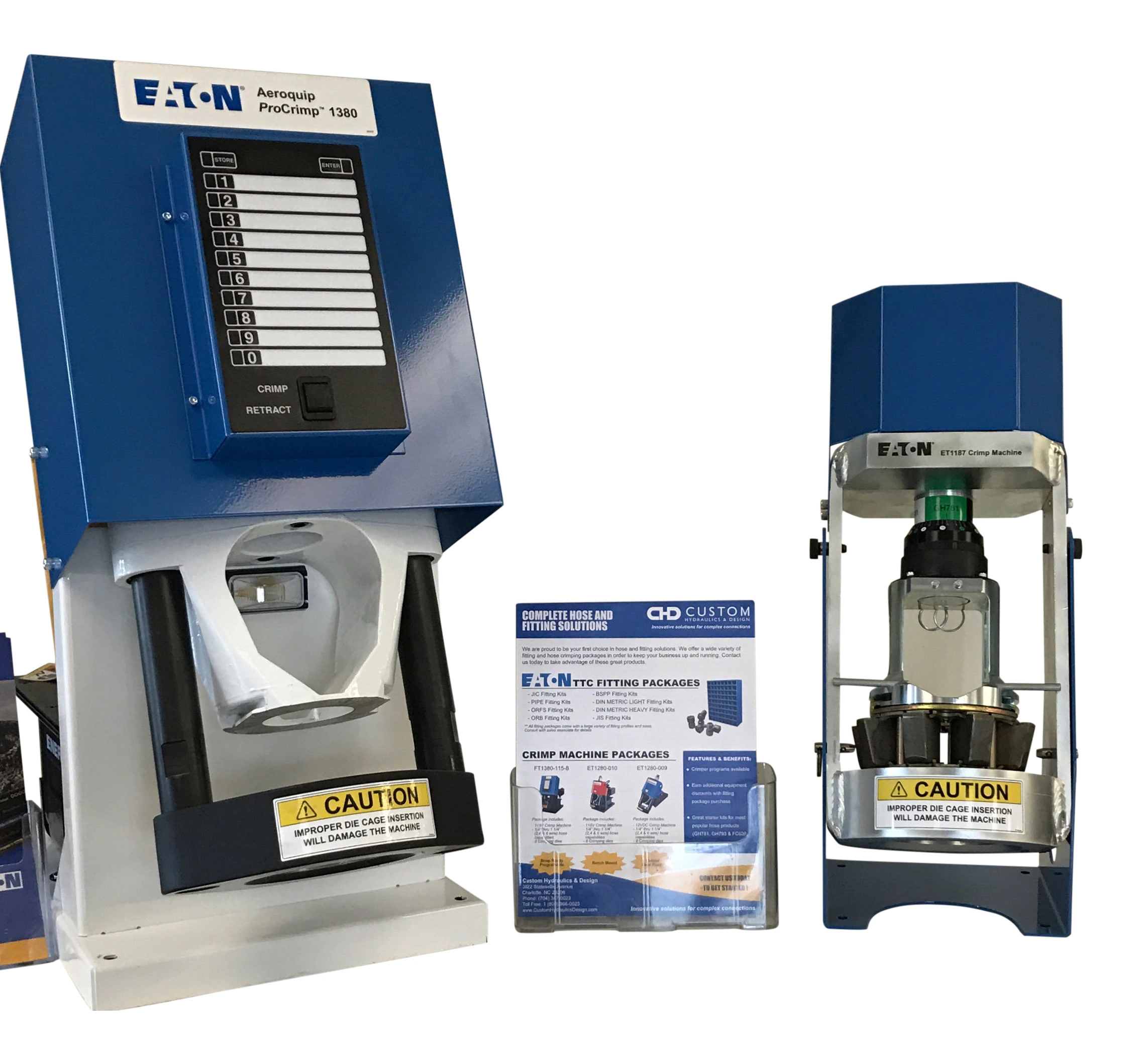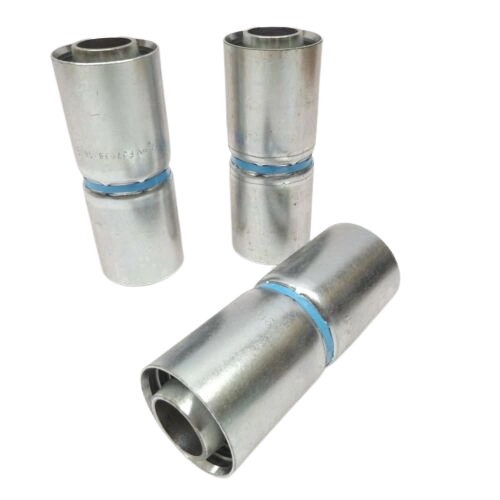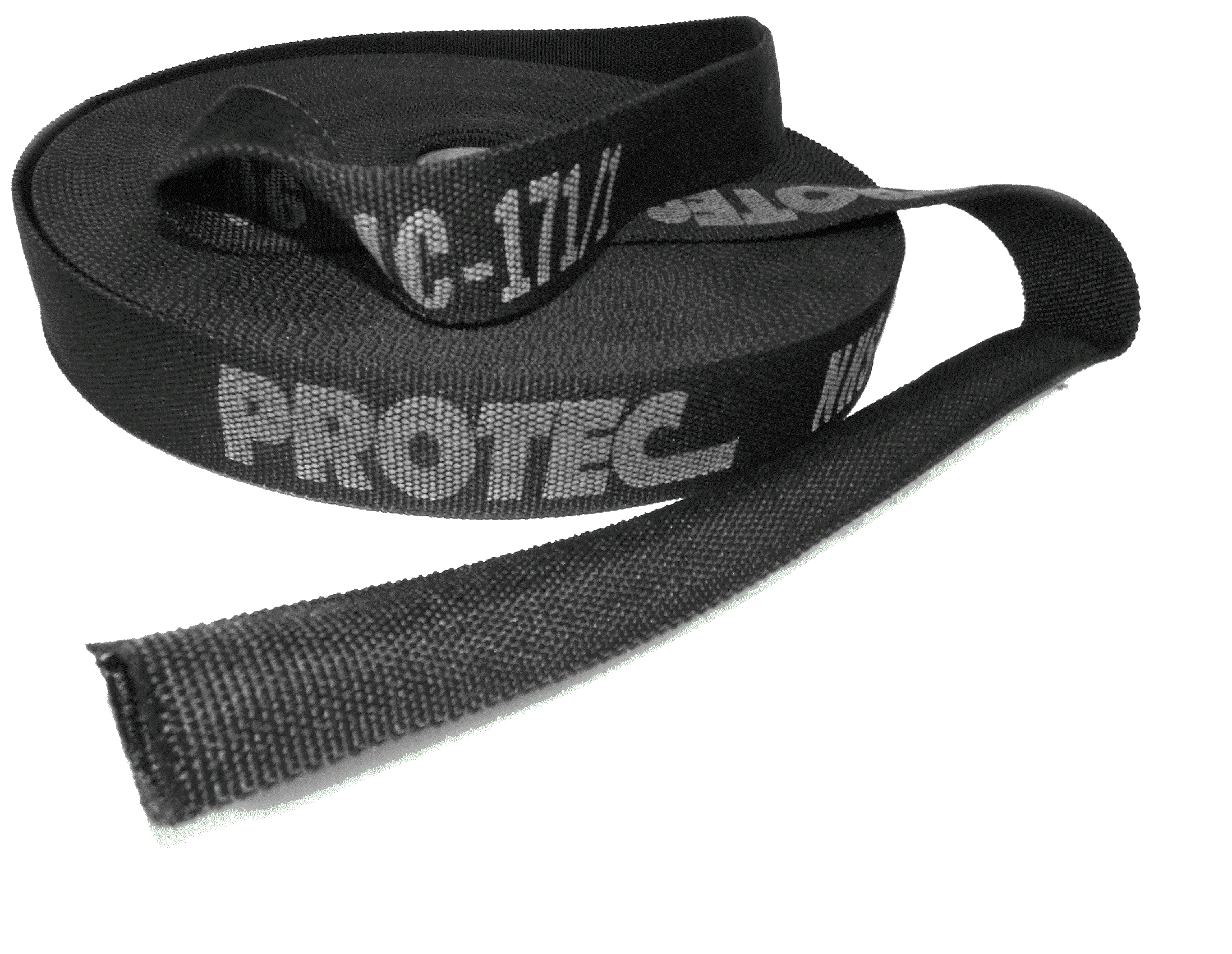HYDRAULIC HOSE REPAIR NEAR ME

At TCH Industries, our retail store allows a unique opportunity for our customers to bring in their old/damaged hoses and have a replacement created while they wait. Our manufacturing facility is capable of crimping and fabricating any custom hose assembly from 3/16” to 12”. With multiple high-production crimpers, we perform over fifty thousand crimps per week.
HOW DO YOU REPAIR A HYDRAULIC HOSE?
Sometimes, a hydraulic hose is beyond repair, but other times there are a few simple solutions to repair an assembly that has been damaged to a point where it is currently inoperable.
REPLACING THE CRIMP
One option is to replace hose fittings, but there are two caveats. First of all, it shortens the overall length of the hose, so make sure you can afford to lose the length. Secondly, it’s necessary to have the proper crimp spec. The crimp fitting is designed to couple with the same manufacturer’s hose in order to meet SAE requirements(link to https://www.sae.org/standards/) that guarantee the fit between the hose and end so the assembly can withstand the many pressure cycles required.

MENDING A BROKEN HOSE
When a hose is damaged, often times by being run over with heavy machinery, falling debris, or other types of impact, their are two ways to mend a high-pressure hydraulic hose. The first is by placing a physical mender inside the hose and crimping it on both ends. Alternatively, you can put two threaded pieces on either side of the splice with a coupler in the middle.

HOW DO I KNOW IF MY HOSE IS DAMAGED?
No … that hole in the cover of your hose isn’t “fine.”
TYPES OF DAMAGE
The types of damage to hose and hose assemblies fall into four basic categories:
- Damage immediately behind the hose end: Anywhere you have a crimp or bandaged connection naturally undergoes more stress when there’s any movement on the hose.
- Local external damage: Such as a scratch, dent, or impact damage.
- Overall external wear due to dragging: For example, in cleaning applications where the hose is regularly moved around and dragged on the ground or concrete. The other cause of external abrasion is simply the constant vibration of the hose in high-pressure applications. The vibrations from the pump cause it to rub on the ground and wear the outer coating. There’s not much that can be done to prevent this kind of damage–it’s the nature of this type of application.
- Long-term use fatigue: When your hose fails because it’s gotten old with use, you know you’ve gotten the maximum lifetime out of the hose.
WHEN SHOULD A HYDRAULIC HOSE BE REPLACED?
The obvious signs to look for on a hose assembly are holes and blown ends. If you catch the problem early enough, preventative maintenance steps can be taken with a cover repair. If you immediately care for any scratch on the cover of a hydraulic or high-pressure hose, you can protect the reinforcement.
If scratches or dents are ignored, they can allow the steel reinforcement to corrode, which leads to either full replacement, splicing, or hydraulic hose repair. Keep an eye out for abrasion and exposed wires. If you see either and are trying to hold off on a full replacement, you can add plastic spiral guard or abrasive sleeving. All hoses have a protective cover that ensures the wire doesn’t get damaged internally but adding an abrasion cover (whether cloth or plastic) will only protect it further.

WHAT HAPPENS IF A HYDRAULIC HOSE FAILS?
It goes without saying that safety is the primary concern of any high pressure hydraulic and industrial hose assembly. Some applications are obviously dangerous: high pressures, hazardous chemical transfer, hydraulics on a lift supporting a worker. A high-pressure line can whip if an end blows off and can hit you pretty hard, not to mention the force with which the steel end is sent flying. At the beginning of a hose service life, it needs to be specced right and built properly. Once in use, it needs to be examined regularly and taken out of service once there is known damage or after its known service life has expired.
In conclusion, most hoses we see need replaced rather than repaired because workplace safety is the primary concern. When it comes to hose service life and the need to replace them, just remember: if you see an issue, replace the hose. Don’t wait for the worst case scenario to come about.
We Are Hosers.
Our focus and obsession is the distribution, fabrication, and manufacturing of hose assemblies for industry and hose related products. Founded nearly 40 years ago, we are proudly owned and operated by the same family. Our manufacturing partners are some of the biggest and best names: Eaton, Parker, Dixon Valve, Hose Master, Brennan, Hannay Reels, and many others.
In short, we are a customer-centric hose company filled with happy professionals who can help you meet all your hose related needs.
